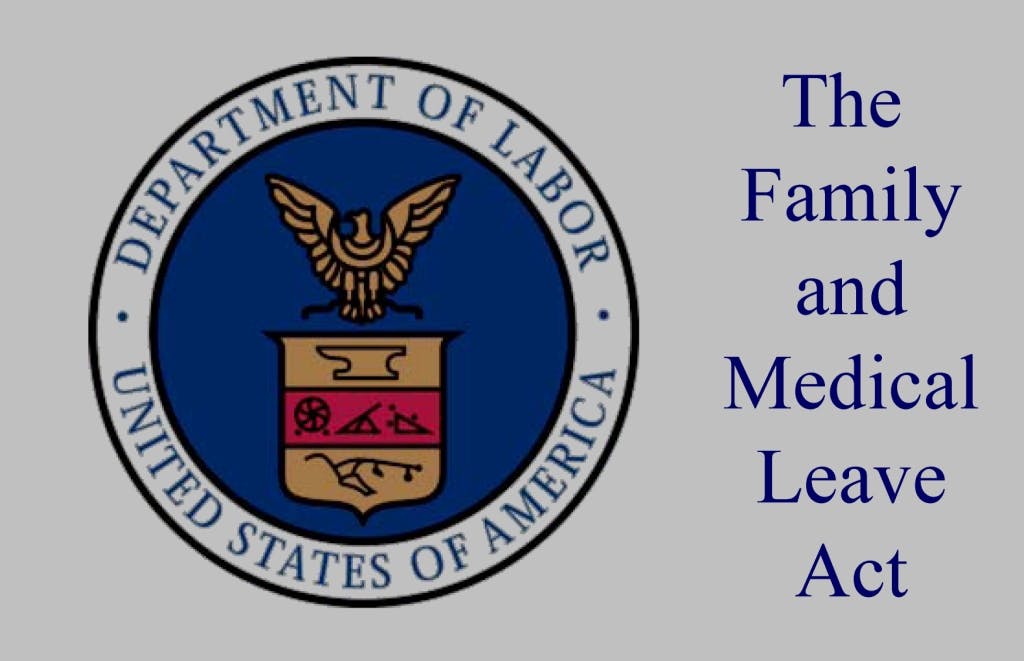Employment laws can be confusing and downright scary.
They don’t have to be. As a public service, from now until my special Halloween webinar Answers to the World’s Scariest Employment Law Questions, I’ll be tackling each major law one by one to give you what you REALLY need to know. By the end, you’ll have handy one-page cheat sheets for each and every law and your terror level will be reduced to zero.
Today’s Topic: FMLA, the Family Medical and Leave Act.
Here is basically everything you need to know about the Family Medical and Leave Act (FMLA) in one handy post.
FMLA CHEAT SHEET
What employees are covered?
Employers with 50 or more employees.
What employers are eligible?
An individual who has been employed for at least 12 months with his or her current employer and has worked at least 1250 hours during the previous 12 months.
What’s provided to employees?
- Up to 12 weeks of unpaid leave in a 12-month period for the serious health condition of the employee or a family member, for the birth or adoption of a child, or because a child, parent or spouse of the employee has been called to active duty in the military.
- Up to 26 weeks of unpaid leave during a 12-month period to care for a spouse, child or parent who is an injured member of the military.
Examples of a serious health condition?
- Pregnancy or prenatal care;
- Chronic, long-term or permanent medical conditions;
- Any condition that causes at least 3 consecutive days of absence combined with two (2) or more treatments by a health care provider;
- Any condition that causes a period of incapacity of any length combined with inpatient care.
What are an employer’s responsibilities?
- To restore an employee returning from leave to the same or a substantially equivalent position to the one the employee held prior to taking leave.
- You cannot retaliate against employee for having taken leave.
- You must inform employee of rights pursuant to the FMLA.
- You must grant intermittent leave where requested.
What are an employee’s responsibilities?
- Provide at least 30 days notice where the need for leave is foreseeable.
- Provide as much notice as possible where the need for leave is not foreseeable.
Can an employee substitute paid leave?
Yes. An employer can require or an employee can voluntarily elect to use paid leave benefits during FMLA leave.
What are the potential penalties?
- Back pay;
- Reinstatement or promotion;
- Benefits;
- Attorneys’ fees.
Top FMLA tips
- Notify employees of their FMLA rights in employee handbook.
- Provide written documentation to employees regarding an employee’s obligations for leave and consequences for failing to satisfy those obligations.
- Provide employees with the medical certification required for leave and, if necessary, the certification required to return to work following leave.
- Post the required FMLA poster.
- FMLA leave cannot count towards no-fault attendance policies.
Stay tuned for more. Tomorrow we’ll de-scare-ify the Genetic Information Nondiscrimination Act (GINA).
This was originally published on Manpower Group’s Employment Blawg.
